Traveling with children is an incredibly interesting and inspiring topic! At least, it is for me))) We have almost always and everywhere taken our children with us since they were a year old, and now, whenever possible, we travel with our eldest grandchild.
Everyone has different opinions, because we are all different. However, I believe it is important to start showing the world to a child (even if it’s just the neighboring city) as early as possible. Why? There are many reasons.
First of all, traveling is one of the best ways to stimulate and develop a child’s curiosity. And curiosity is the main driver of knowledge. If someone thinks that it’s only worth taking a child to a hotel with animation and a water park until they are 8-10 years old, and going on sightseeing tours without them because “they’re not interested,” there is a high probability that they won’t be interested after 8 either. Curiosity is also a kind of “muscle” that will be weak and dull without training. The earlier we start teaching a child to enjoy things beyond just a tablet and water park, the greater the chance of raising an active, interested, and curious person!
Secondly, travel broadens horizons. This, of course, is provided that the adult will explain to the child what they see around them during the trips. You don’t have to be an art expert, architect, or historian to do this. Share what you know. That will be enough to interest the child and teach them to pay attention to details. Later, you can always read an appropriate book, encyclopedia, or look for information on the Internet together.
I would also say that travel broadens horizons and helps a child understand that the world is more than just their familiar room and the sandbox in the yard. There are also fields and forests, mountains and seas, rivers and lakes, other cities and people… And these people live differently and speak different languages. Some specialists in child psychology claim that if a child does not see different landscapes by the age of five, different from what they see every day at home, this gap can never be fully bridged later. I don’t know if this is true, but intuitively, I understand that there is some truth to this opinion.
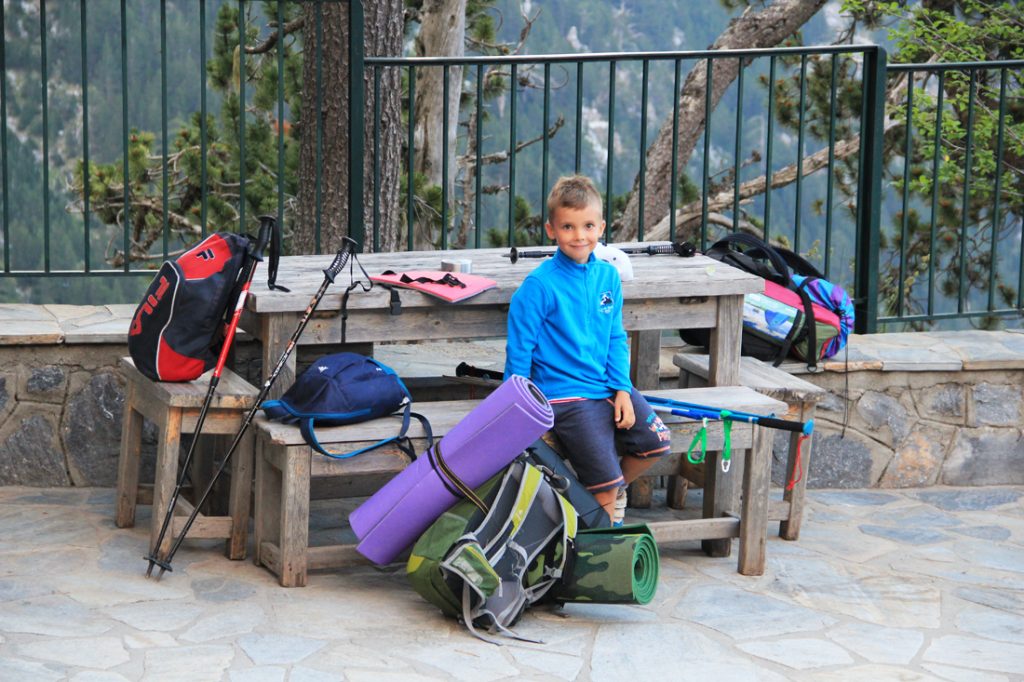
What else? Travel is always an adventure. And children love adventures! Trips with close adults will make their lives more joyful and fulfilling. Finally, family travel is a great way to strengthen family bonds, spend time together, communicate, and create shared traditions and memories. Experiences lived together bring people closer. This is how happy childhood memories are formed, which will serve as a guiding light and support in difficult life situations for the grown-up child.
Of course, traveling without a child and with a child are different things. And, of course, it’s sometimes fine to go somewhere without the kids. But let children travel with their parents as often as possible. And it doesn’t have to be far away. A day trip to the forest or an educational walk around your own city is also a journey!
And, if you allow me, I will share from my own experience how to turn a trip with a child into an exciting adventure. It’s worth it!
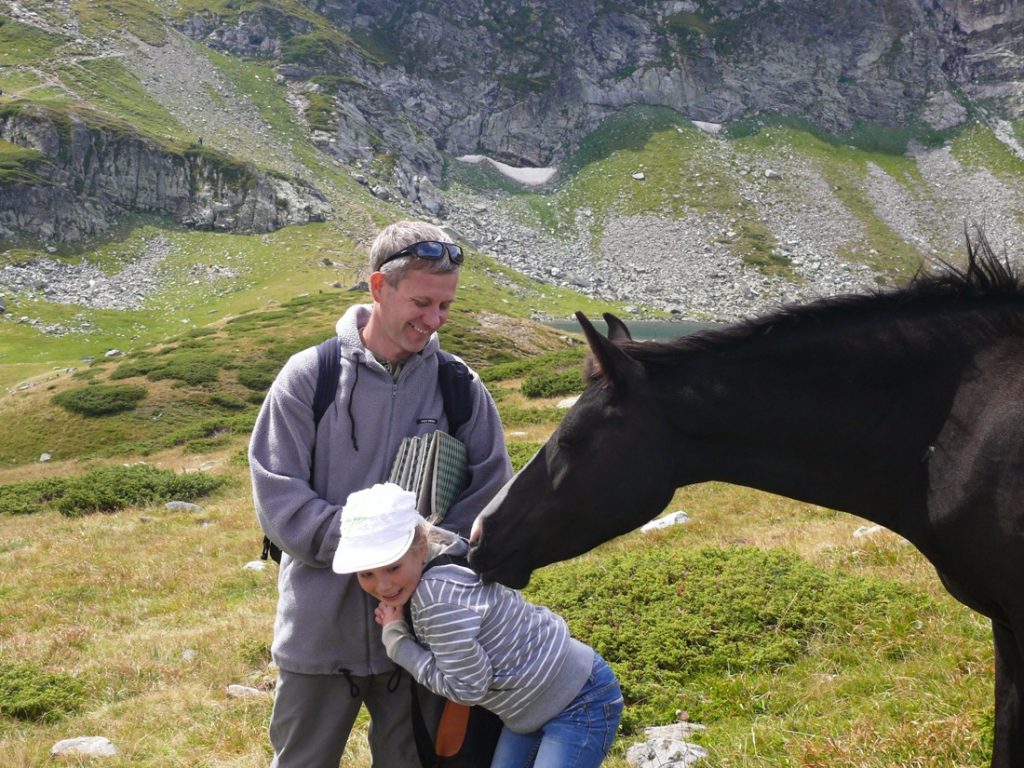
Focus on the child’s interests. This doesn’t mean you should only visit amusement parks. In fact, that’s not the best practice. Entertainment is good and important, but if we teach a child to find joy in life only through such simple means, we do them a disservice. Over time, simple human joys will cease to be joyful for them. So, it’s about finding places in cities where the child will be interested: engaging museums, parks, squares, fountains, monuments, scenic viewpoints, hills to climb, and so on.
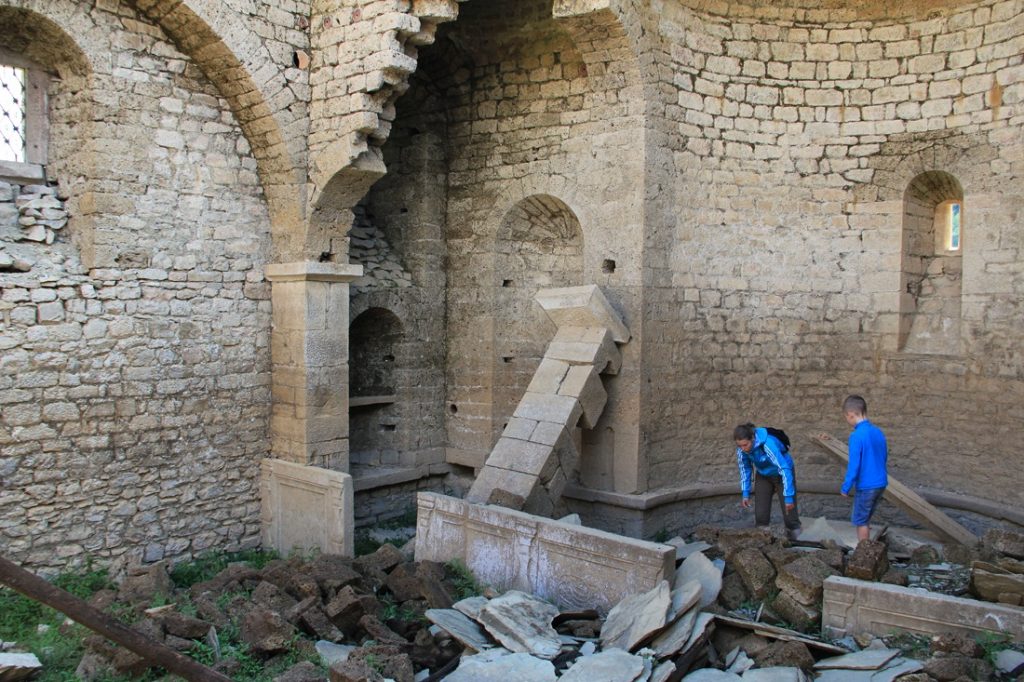
What might be interesting for children in travel?
- Various natural objects: mountains, rocks, rivers, lakes, caves, canyons, gorges, waterfalls, forests, parks.
- Castles and fortresses, especially ruins where they can do a bit of exploring.
- Underground places: dungeons, catacombs, bunkers.
- Unusual monuments. Monuments to national heroes may not interest a child, but various interesting figures might (for example, the monument to dumplings in Poltava, the monument to the lamplighter in Uzhgorod, or the gnomes in Wroclaw).
- Scenic viewpoints.
- Lighthouses. They are not only beautiful but also romantic.
- Open-air museums — skansens and other museums of folk life.
- Museums of toys, space, water, nature, weapons, cinema, cars, chocolate, and so on.
- Workshops for caramel, chocolate, gingerbread, ceramics, especially with master classes.
- Art museums, provided that parents give their own tour, telling the child about the paintings, artists, and styles. You don’t have to be an art expert for this. Explain what a still life, landscape, or portrait is and find such paintings in the gallery.
- Interactive fountains.
- Planetariums.
- Zoos, aquariums, wildlife rehabilitation centers, nature reserves, national parks, horse farms.

Train endurance in advance. It makes sense to get your child used to walking more in everyday life. This will serve them well during travel. One important observation: most often, children’s fatigue is equivalent to boredom. If a child says they are tired after a very short walk, it is most likely because they are simply bored. This isn’t because there is nothing interesting around. More likely, we just haven’t done anything to engage their interest.
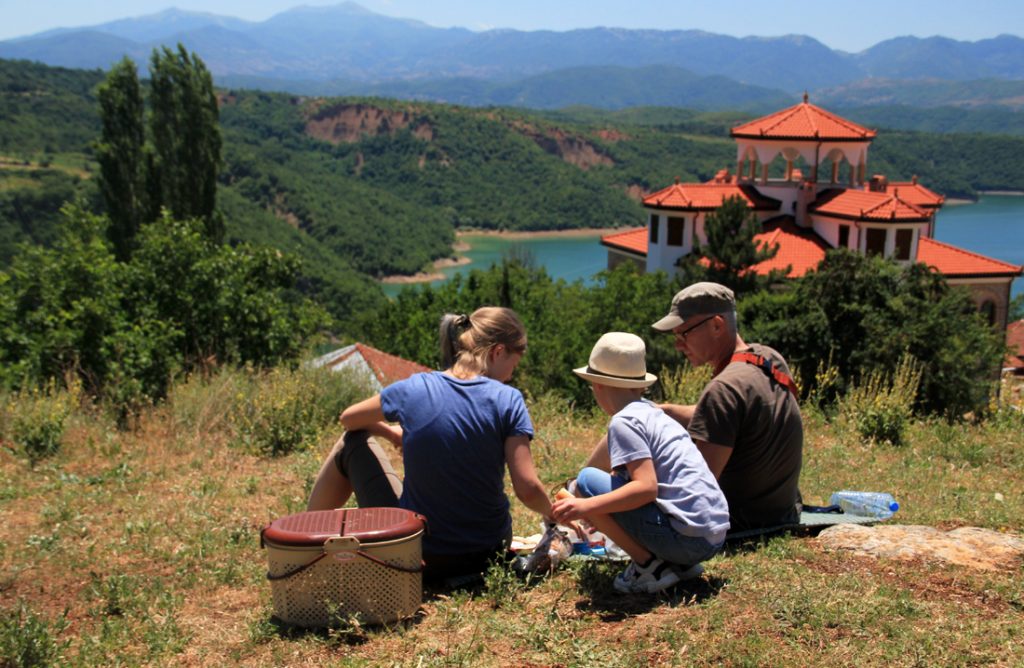
Snacks are essential! Always have snacks on hand—children love having picnics during trips. This can be done both in nature and in cozy corners of the city. Try regional dishes from different areas (and then try cooking something similar with your child at home!).
Provide motivation! Motivation is important for a child. Whether you’re going on a mini-hike through a park or climbing to the top of a mountain, come up with a compelling reason to do it (“none of your friends have climbed to the top, it’s so cool!”). Promise the child a reward for the climb and, of course, follow through on your promise.
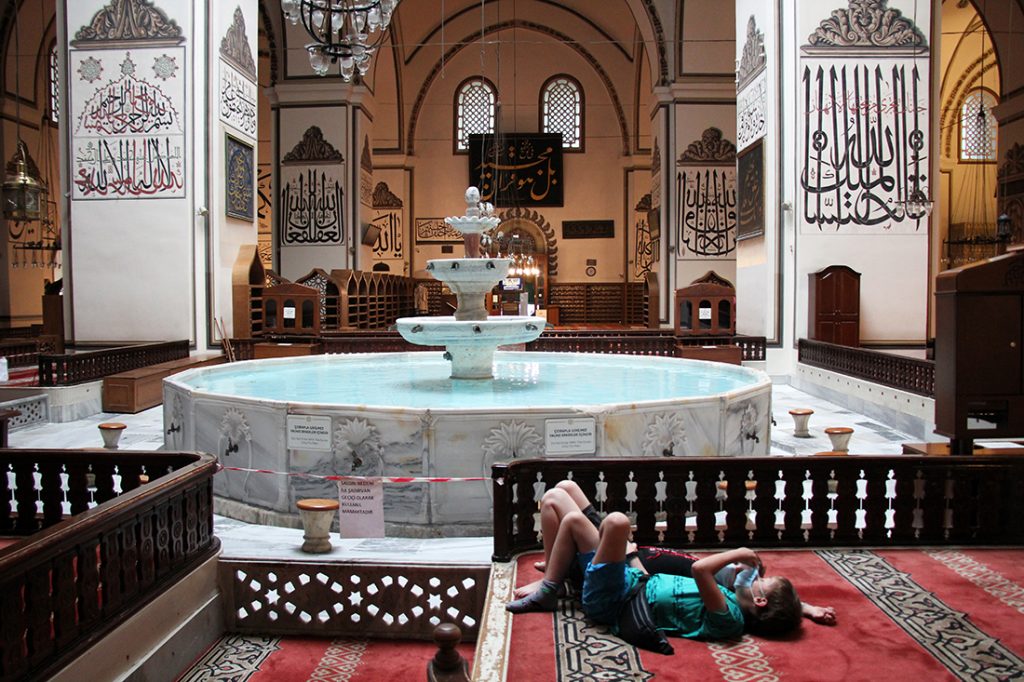
Themed Walks. If the place you’re visiting is related to a film or cartoon suitable for your child’s age, be sure to watch it before the trip. If there’s a suitable book, read it together. This comprehensive approach will help your child immerse more deeply in the history and culture. For example, on a trip to the Balkans (including Greece), we took a book of ancient Greek myths and a tablet with cartoons based on these myths (there are quite a few!). So when Timofey climbed Mount Olympus with us, he had a full understanding of what this mountain was and knew the names and deeds of all the heroes. Indeed, Tim was a hero himself: 2800 meters is no small feat for a six-year-old boy. If you’re going to Krakow, why not watch the Polish adventure film “Vabank 3” about the theft of “Lady with an Ermine” to tune into the vibe of the place? And Istanbul’s Basilica Cistern will be perceived completely differently after “Inferno” (though this is, of course, for older children).
Speaking of Quests. You can invent quests for a child in almost any city. Some places seem made for this. For example, Wroclaw with its gnomes, Gdańsk with its lion figurines, Uzhgorod with its bronze miniatures. In Tallinn, you can search for and count as many old doors as possible, while in Rome, you can do the same with fountains. Every city has its own special features. In Uzhgorod, for instance, Tim and I competed to see who could spot more wrought-iron gates, fences, and grilles—Uzhgorod is famous for its ironwork.
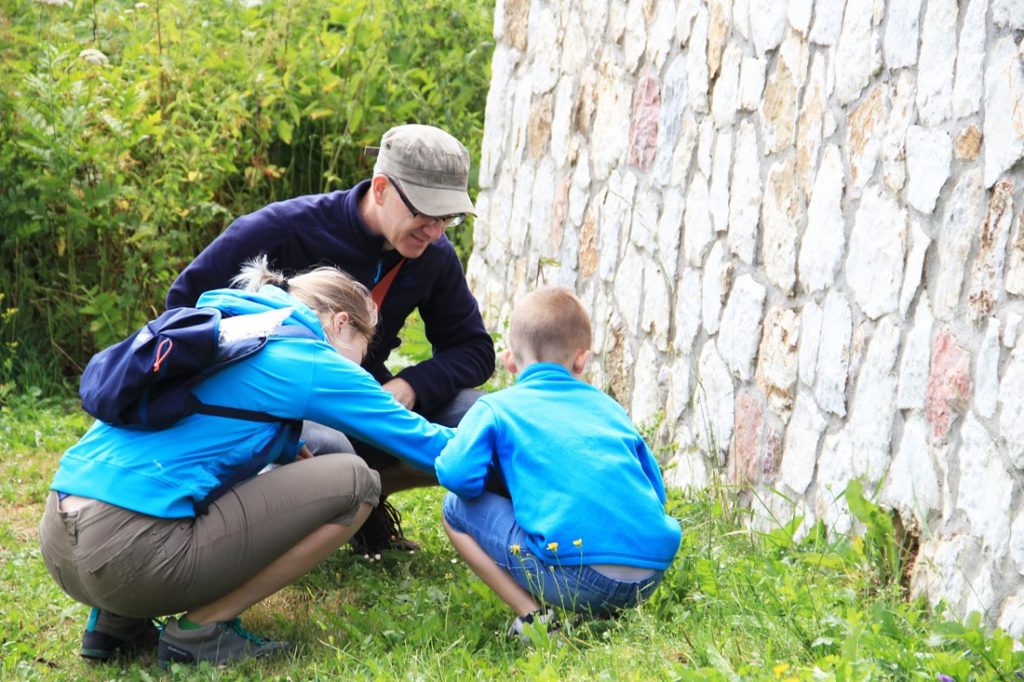
Geocaching. Continuing the theme of quests, one cannot forget about the search for treasures. Essentially, this is geocaching. The idea is that on thematic websites, there are descriptions and coordinates of places where a “treasure” is hidden. Many people around the world play this fascinating game. Typically, these caches are located in places with interesting landmarks. After finding the “treasure,” you can take any item you like from it and leave something of your own for the next players. It could be anything from a toy to a coin. So, you can gather the coordinates of caches in the places you plan to visit with your child in advance and search for them during the trip. Just imagine the exciting adventure that awaits!
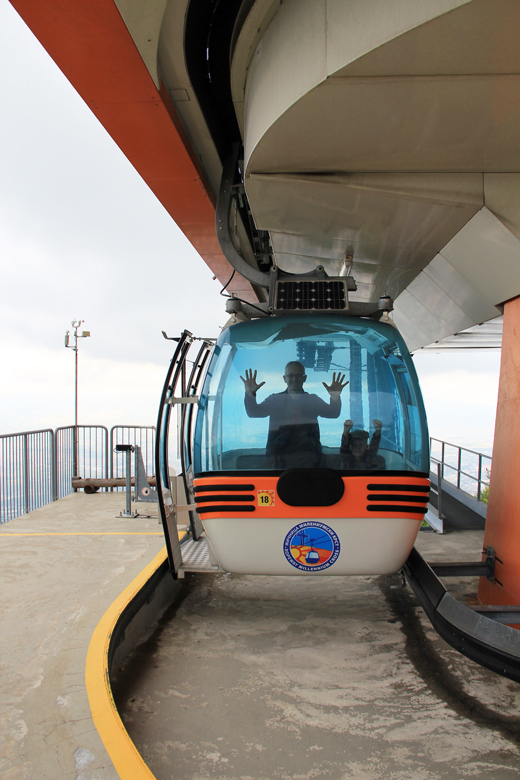
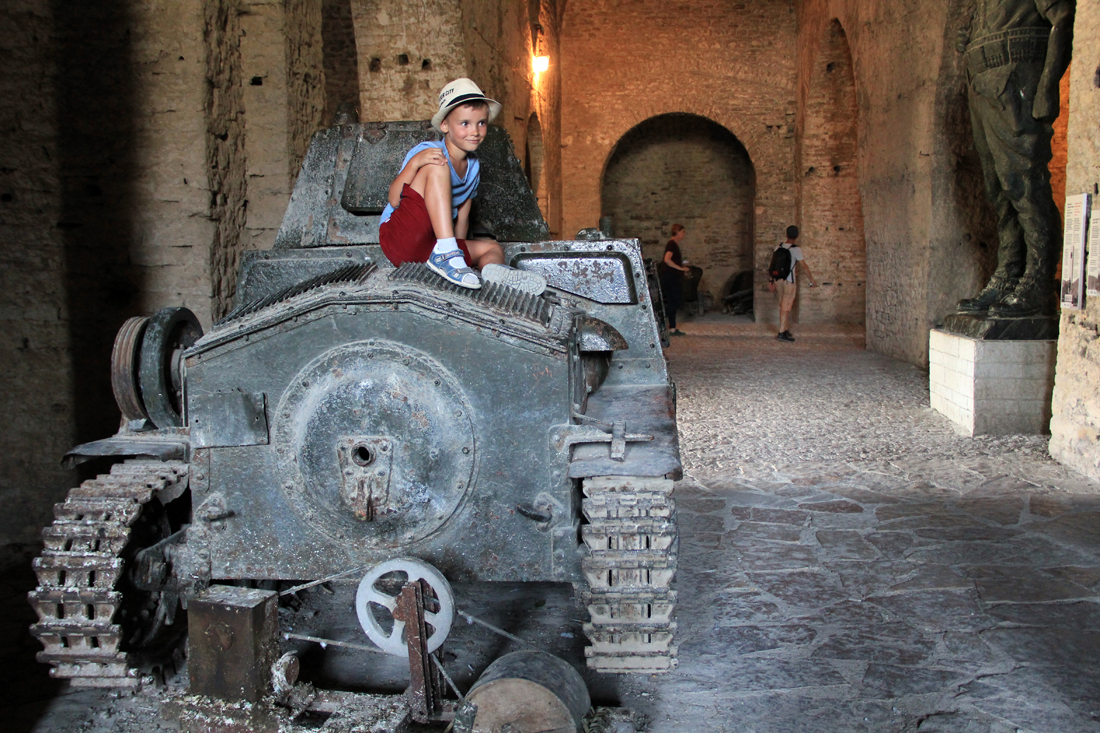
Perched up high! Climb with your child to various heights, if possible: town hall towers, bell towers, fortress walls, water towers, lighthouses, observation towers. It’s always interesting! Moreover, the child is not only interested in the view from the top but also in the ascent itself.
Magic transport. If there is any unusual mode of transportation in the city, be sure to take a ride on it with your child. It’s interesting and educational. What could it be? A ferry, vaporetto, funicular, cable car, mountain lift, tourist trains…
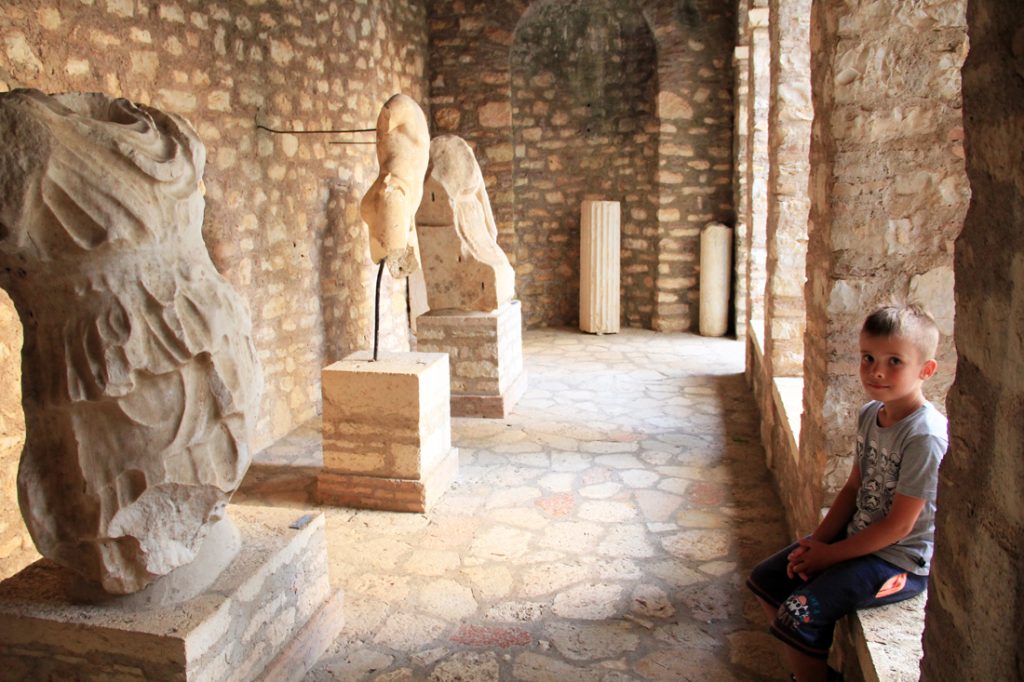
Be your own tour guide. During walks around the city, tell your child everything you know, draw their attention to various details: an old door, a wrought-iron fence, a door handle, architectural elements, and so on. Then switch roles with your little one. Now, they’re not your tour guide, but you’re theirs. Let them look around attentively and point out interesting details to you. What could it be? Amazing buildings and monuments, beautiful patterns or sculptures on a house, mosaic panels, stained glass, peculiar trees, unusual benches, colorful flower beds, funny advertising signs, strange shop names, weather vanes, carved fences, ornate gates… This is a very exciting game that will surely allow you to see familiar places in a completely new light. After all, a child’s perspective is so different from an adult’s! For the child, it’s not just about developing observational skills but also about practicing the important skill of noticing beauty in the simplest, everyday things. Such a skill is an integral part of the ability to enjoy life.
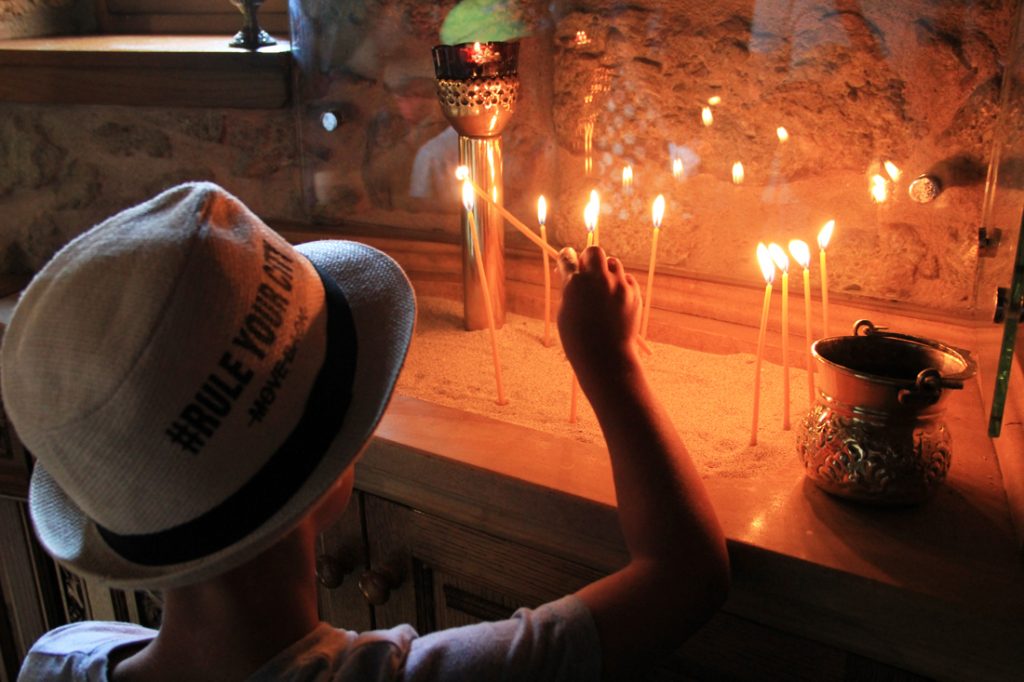
Cathedrals and monasteries. Don’t pass by churches thinking that they’re not interesting to children. Take your child inside cathedrals, even if you consider yourself a non-religious person. Because cathedrals, especially the ancient ones, are both works of art and possess a special atmosphere. If possible, introduce your child to cathedrals of different denominations. Let them know from an early age that there are different religions and learn about tolerance. Besides, it’s quite fascinating to observe the differences between, for example, Orthodox, Catholic, and Protestant cathedrals. And mosques— they represent something entirely different, another culture, customs, architecture! Children are fascinated by the candles burning in cathedrals. Let your child light a candle too, watch the flame, think about secret wishes, and wish health to loved ones.
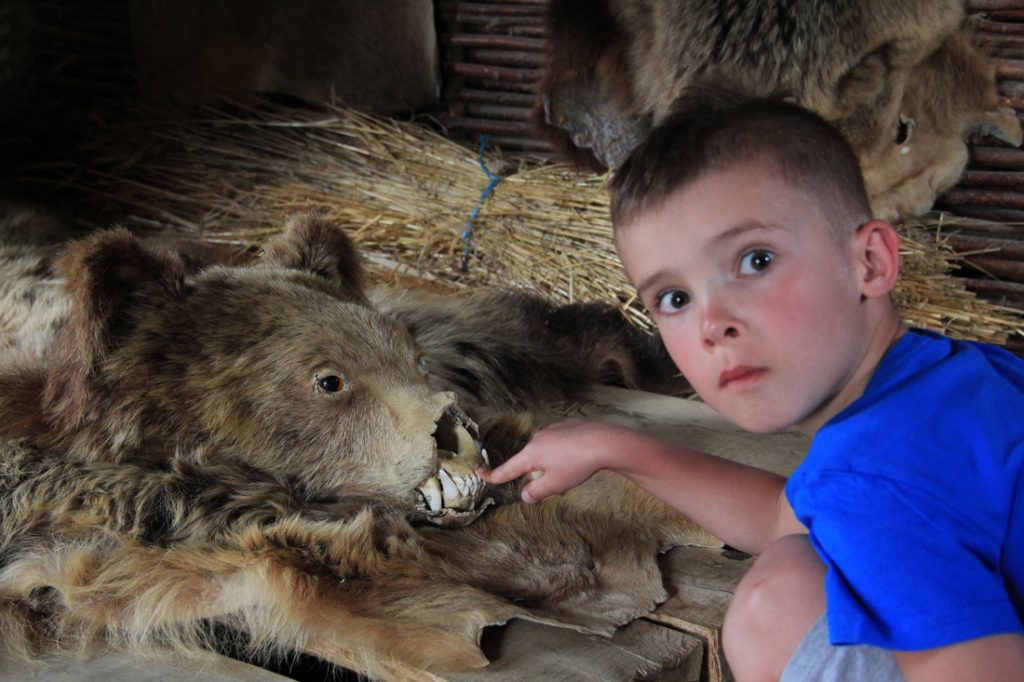
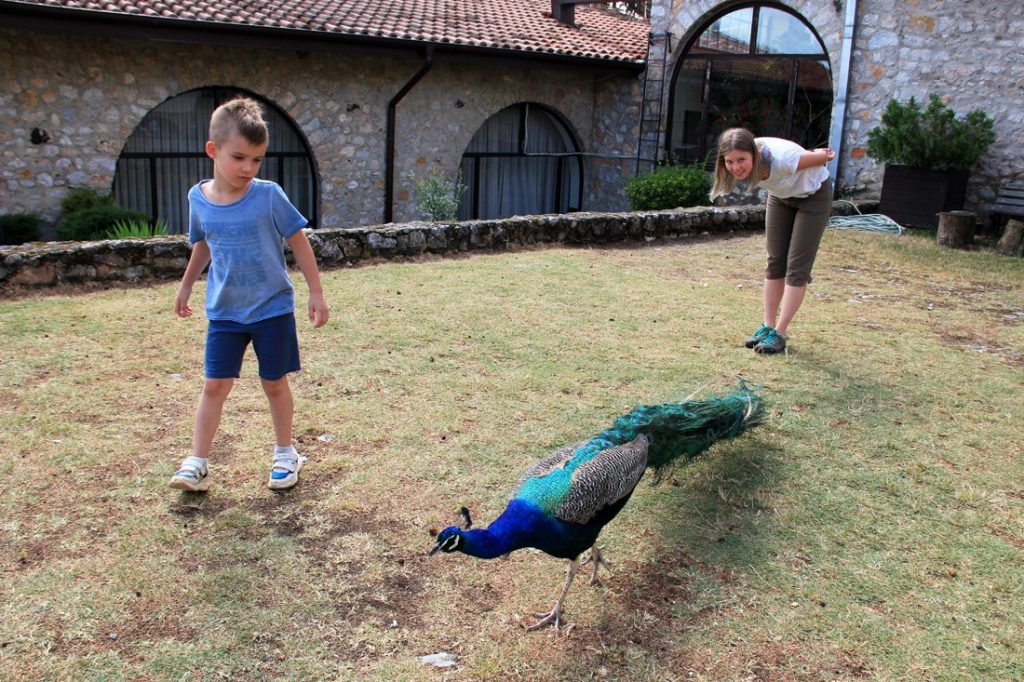
Let’s play! Use various games during city walks that will not only prevent your child from getting bored but also be a wonderful developmental activity. For example, read street names together with your child as you walk and try to explain the meaning of these names. If you can’t explain, it’s okay. You can come up with your own story about why the street got its name. You can also invent different funny names for the buildings you encounter along the way. Perhaps some buildings resemble animals? For instance, you could call a multi-story building a “giraffe,” a long low building a “dachshund,” and that awkwardly shaped structure over there a “dinosaur.” However, the topic of travel games is so extensive that it deserves a separate discussion.
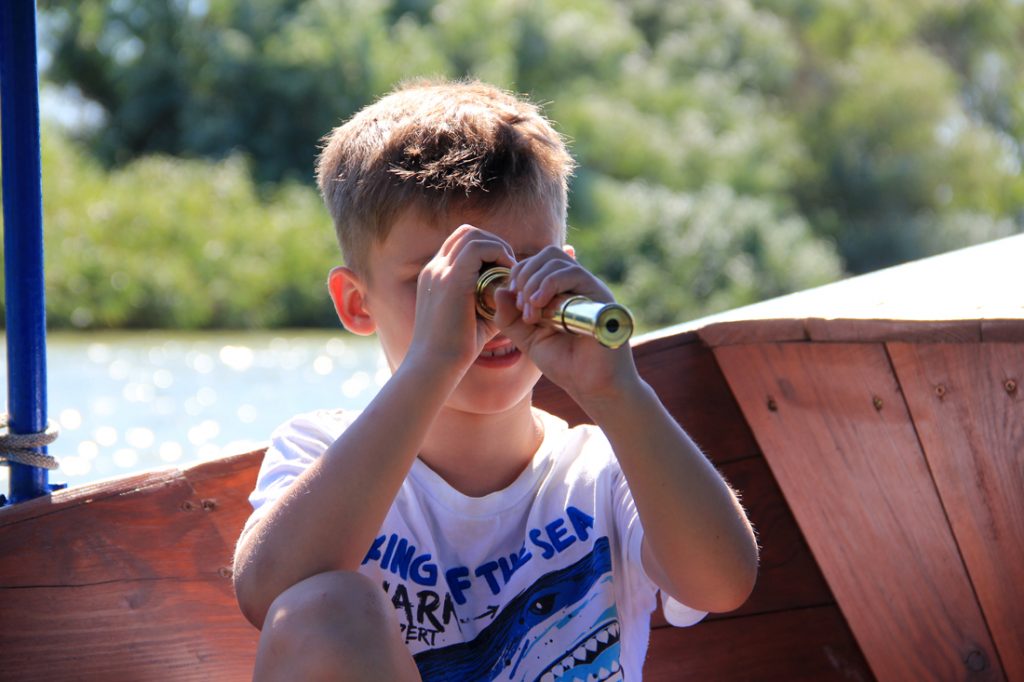
Give the child a camera! You could use a phone, of course, but it’s better to use a camera if possible. Most likely, you (or someone in your family) have a digital point-and-shoot camera lying around unused. Teach your child how to use it and let them capture anything that seems interesting to them. Firstly, this will help them not to get bored, and secondly, it will turn the walk into a kind of expedition for discoveries, teaching the child to be a thoughtful observer. Encourage them to take series of photos, which is even more interesting. For example, “Cats of Rome,” “Dogs of Istanbul,” “Courtyards of Milan,” “Gnomes of Wroclaw,” “Tulips of Amsterdam,” and whatever else catches their interest… The main thing is that the theme of photography is interesting to the child. Then, at home, you can organize a thematic photo exhibition of your young traveler and photographer!
Another good idea is to bring binoculars or a spyglass on the journey.
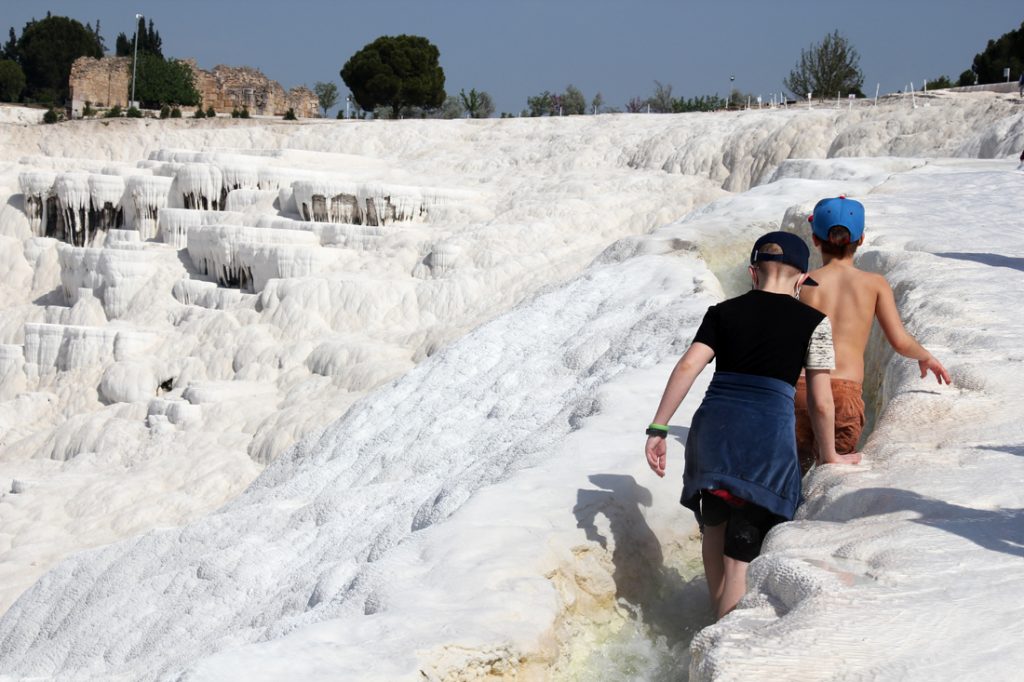
Travel notes. For children who already know how to write, keeping a travel journal can be interesting. For this, you’ll need a beautiful notebook with a sturdy cover, markers, colored pens, pencils, glue, stickers, and so on. In the notebook, they can write down observations and impressions, make illustrations of their adventures, paste postcards from landmarks and clippings from promotional brochures, insert tickets from museums and transportation, and any other emotional trinkets: a wrapper from a delicious candy or a rose petal. They can decorate all of this with stickers, and later at home, add photographs. It will result in a wonderful memory book of the journey that you’ll enjoy looking through with the whole family again and again!
Photos: greenvaliza.co.ua

